Gear isn’t the be all and end-all, but the right gear still makes life so much easier. While street photography may not be the absolutely most demanding photography medium on equipment, it is one that suits some specific cameras much more than others. The best street photography camera will allow you to blend in seamlessly with your surroundings, reacting quickly and instantly to the myriad different moments that prevent themselves without warning on the streets, giving you the tools you need to start making great street photos.
As a writer and editor at Streethunters.net, I’ve been lucky enough to be exposed to a variety of different cameras (though mostly digital I must confess), as well as getting to know the shooting styles of loads of top street photographers. All this has given me a tiny insight into things that street photographers look for in their favourite gear. So just what exactly makes the best street photography camera?
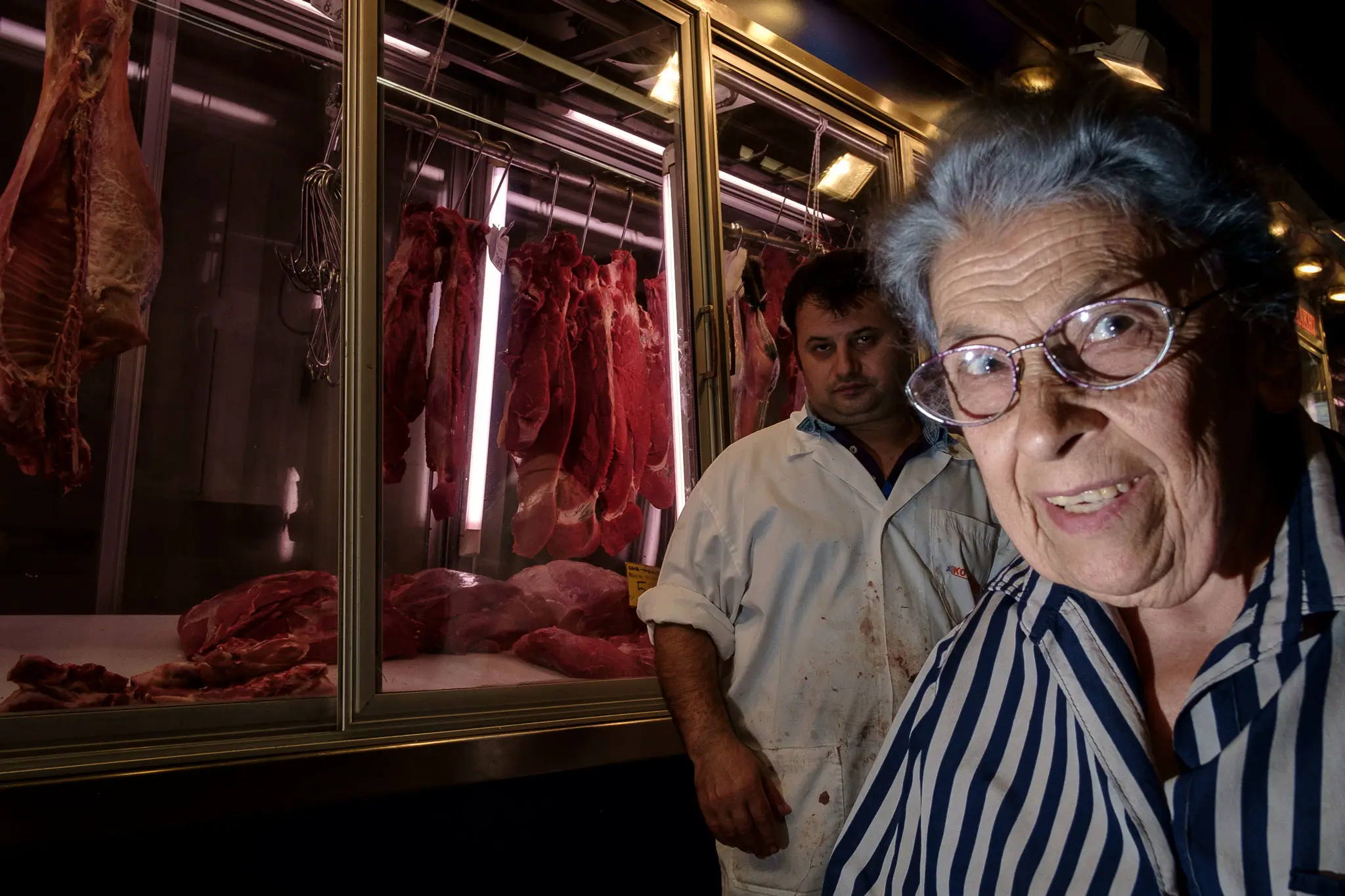
A Warning: As I grew up shooting with digital cameras the bulk of my street photography experience has been digital, hence why it informs a lot of my advice. But many of my favourite aspects of great street photography camera design actually have their root in film cameras, so hopefully a lot of this advice can bridge the great film-digital divide!
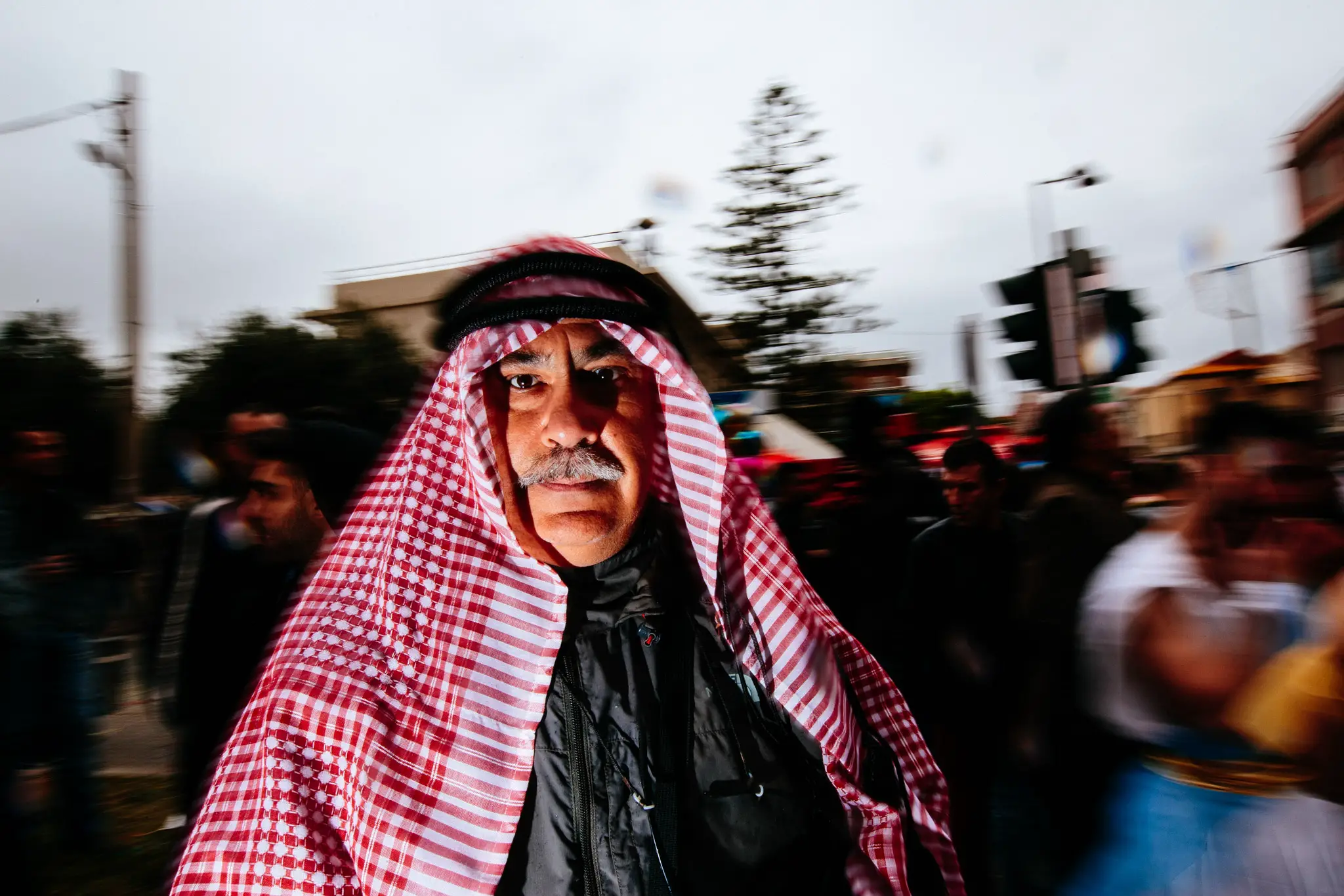
Camera Size
Camera size is one of the most important factors in a street photography camera. First and foremost, a street photographer needs a camera they can carry with them at all times. So, for maximum pocketability, the smaller the camera the better. Something like the Ricoh GR for instance, is perfect – when switched off the lens retracts and the camera is about the size of a smartphone, but packs a nice APS-C sensor or even 35mm film and is easy to slip into a jacket pocket.
Small cameras are also far less conspicuous, allowing you to work on the streets without drawing attention to yourself. The street photographer doesn’t want to walk around with a sign around their neck that screams “photographer!” and that’s exactly the effect of a large DSLR and lens. If you’re an SLR fan and shoot film you’re probably in luck – before the arrival of autofocus made SLRs balloon in the size they were actually pretty compact – for example I’m quite happy using an Olympus OM2-N on the streets as it’s a nice size. Remember too that a small inconspicuous camera can be a godsend when working in less savoury parts of a city where you don’t want to mark yourself out as a tourist or outsider. Blending in is key!
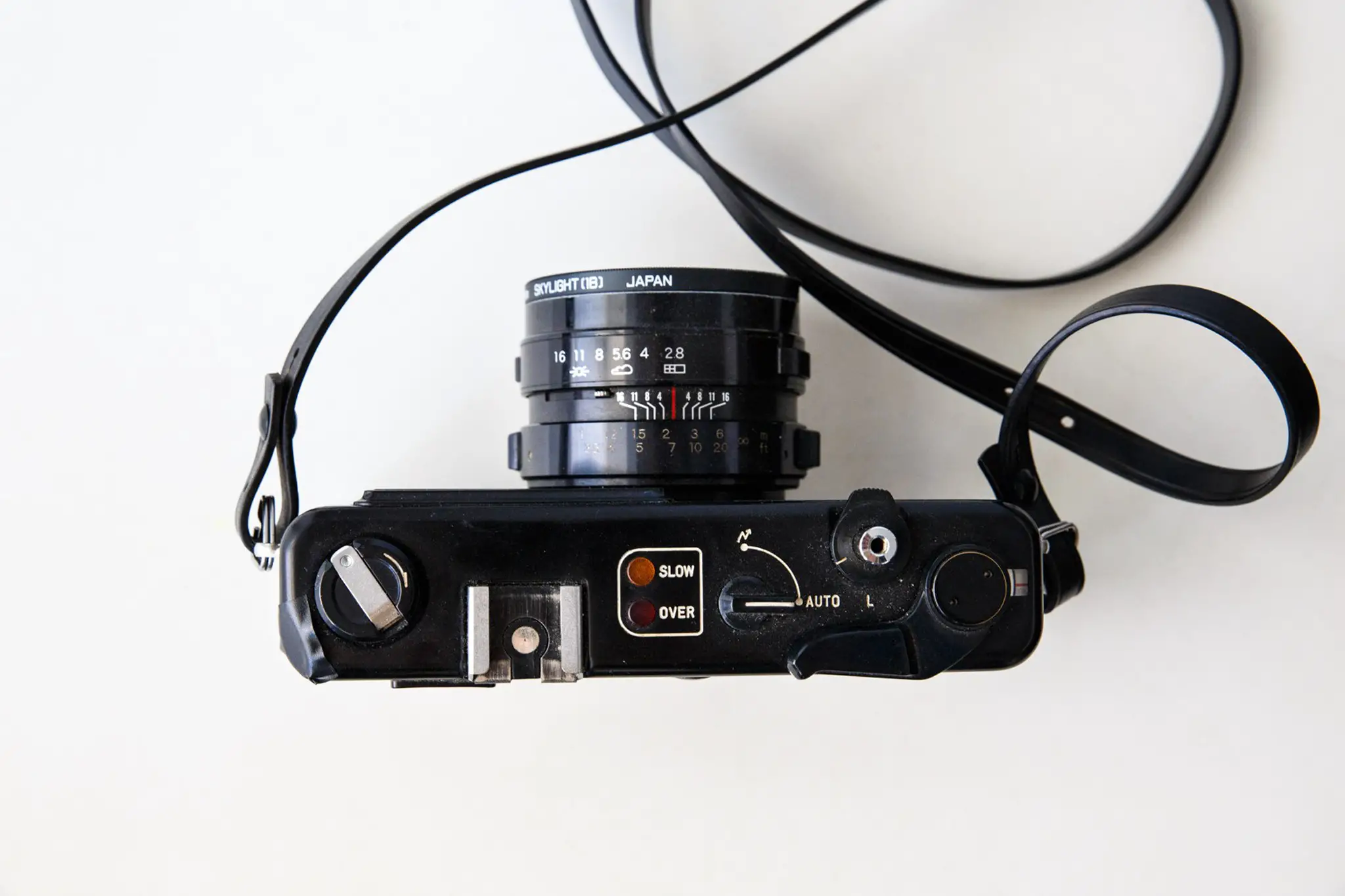 Camera Controls
Camera Controls
The “decisive moment” in street photography (thanks Mr Cartier-Bresson) can last for just a split second, so the best street photography camera will have great controls that will soon become an extension of your arm. For me, this would mean a set of manual controls and dials on the camera body and lens that clearly display the shutter speed and aperture when I glance down at the camera. With digital, ideally I’d like some kind of indication of the ISO on the camera exterior too. If I can check, double check and adjust all my camera settings without even needing to raise the camera to my eye I can be absolutely sure everything is setup correctly when the shot does present itself.
To give an example of the kind of layout I’m talking about, something close to a fully manual film camera would be great, or similar in style to the current Fujifilm digital cameras or a Leica. My only departure from the ‘conventional’ manual setup would be the ability to customise the camera’s various buttons and functions to my liking so I’m able to set it up to work easily for one-handed operation. If I’m carrying my camera with me everywhere at all times I need it to be easy to use with just one hand if I’m juggling something else at the same time!
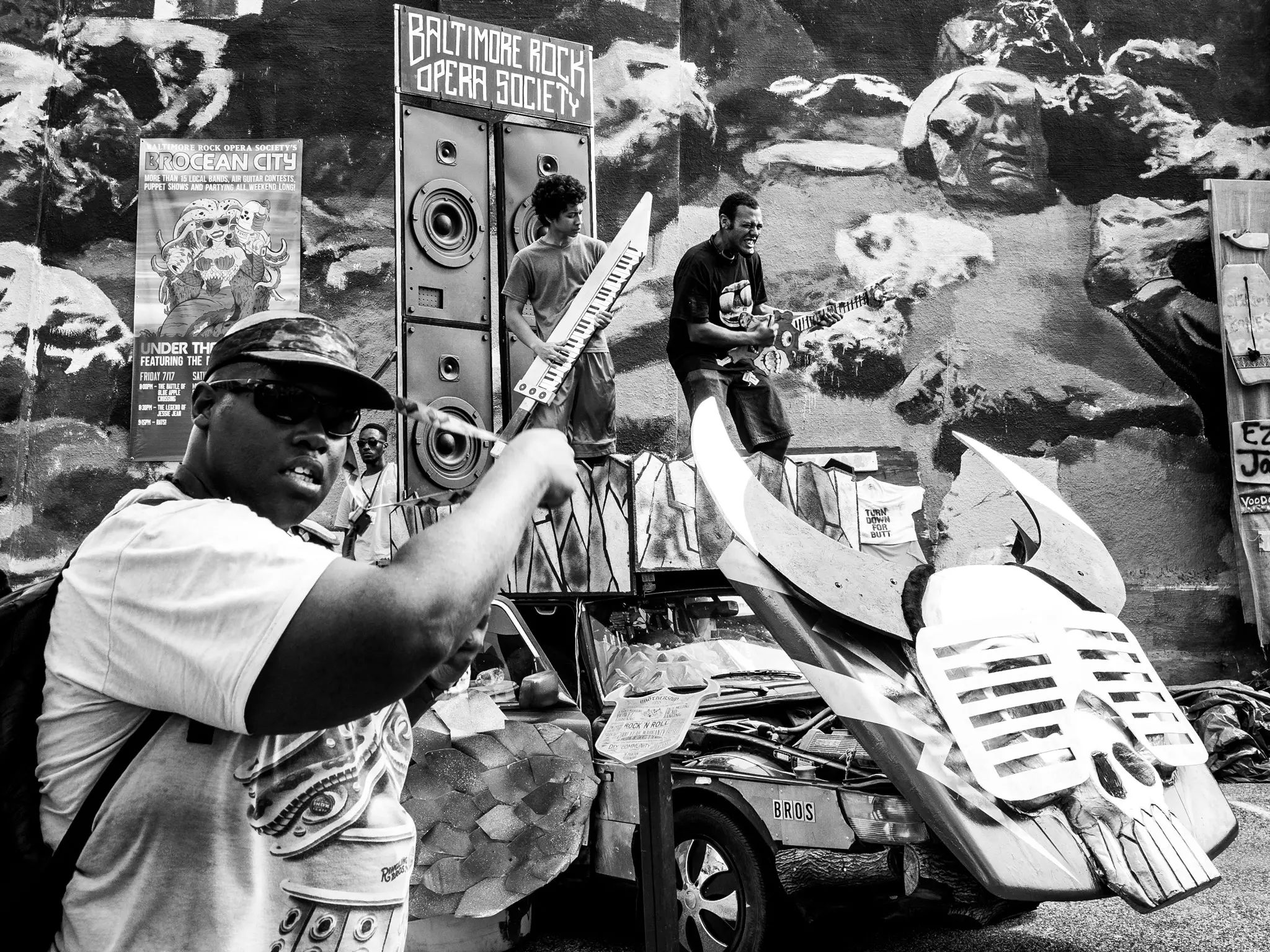
Camera Viewfinder
Compact cameras are great for street photography (they are compact after all!) but for me nothing beats the shooting experience with an optical viewfinder. I really like modern digital quasi-rangefinder style optical viewfinders, especially when they provide a hybrid option with an EVF too (a nice example here being Fuji’s X-Pro and X100 series). This way you get the best of both worlds, with the ability to review your photos in the viewfinder just after you’ve taken them, and flip into the EVF for a live exposure preview check, or even for easier shooting in low light. Why an optical viewfinder over a really really great EVF? Because, as far as I’m concerned, an optical viewfinder provides the ultimate shooting experience for the street photographer with absolutely zero lag and the ability to immerse oneself entirely in a scene.
No mention of optical viewfinders would be complete without paying homage to a lot of the manual 35mm SLR viewfinders, which are gloriously big and bright, bettering most modern entry level APS-C DSLRs in my book, and being much better setup for manual focusing to boot. Rangefinder style viewfinders are also great because they allow you to see what’s going on outside your lens before the subject steps into your frame, so it’s much easier to set up your shots. I love viewfinders with a focal distance scale as these are a godsend when zone focusing. And, if I am using the EVF element of the viewfinder, then a decent focus peaking display is also a very useful feature to have too.
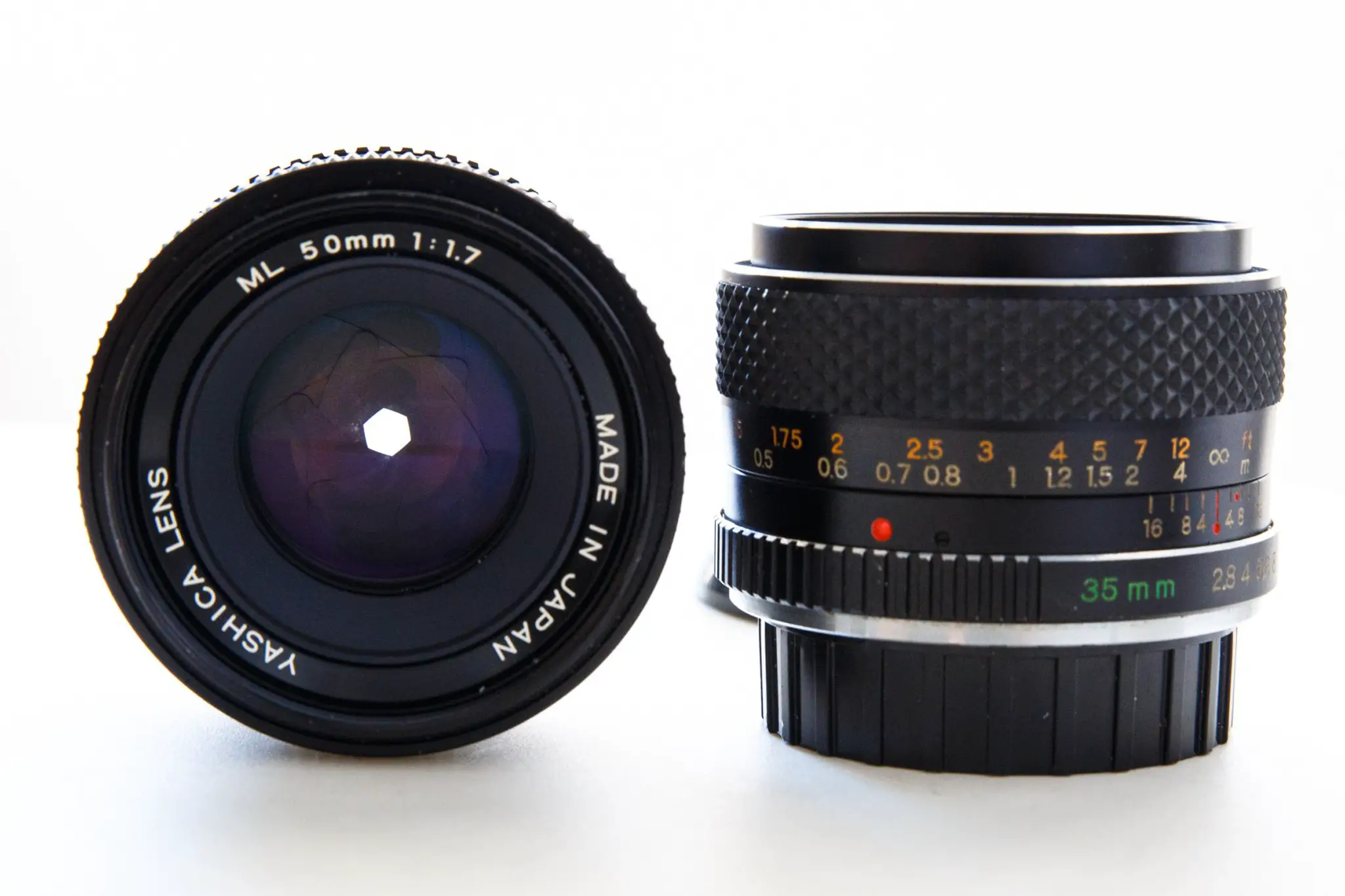
Camera Lens
The perfect camera lens (and thus focal length) for street photography is very subjective, and down to the individual photographer’s personal preference. Street photographers have traditionally favoured prime lenses (fixed focal length) at the wider to normal end of the focal length range – often either 28mm, 35mm or 50mm (35mm film equivalents). These allow street photographers to work close to their subjects and ‘in the scene’. I prefer prime lenses for street photography over zooms as they give me a consistent focal length that I can learn really well – allowing me to pre-visualise a scene, composition and framing to cut down on wasted time when I’m grabbing a split second shot.
My perfect street photography camera would have a 28mm prime lens (with a manual aperture ring), which would be nice and compact in size in order to keep my setup as small and subtle as possible. Ideally this lens would be around an f/2.0 or faster aperture – while I don’t always shoot wide open it’s nice to have the option to make some street photos at night in low light if I need to.
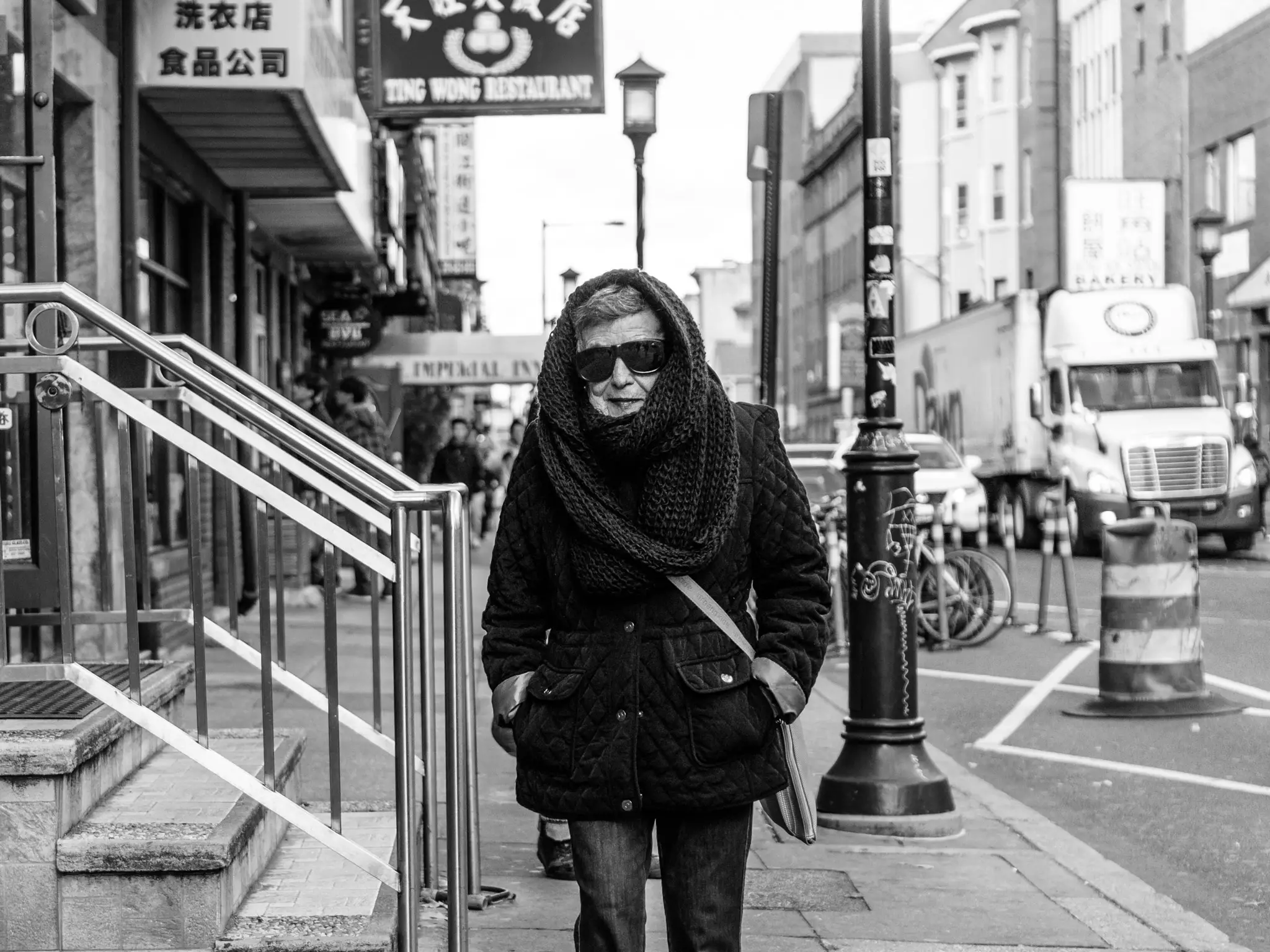
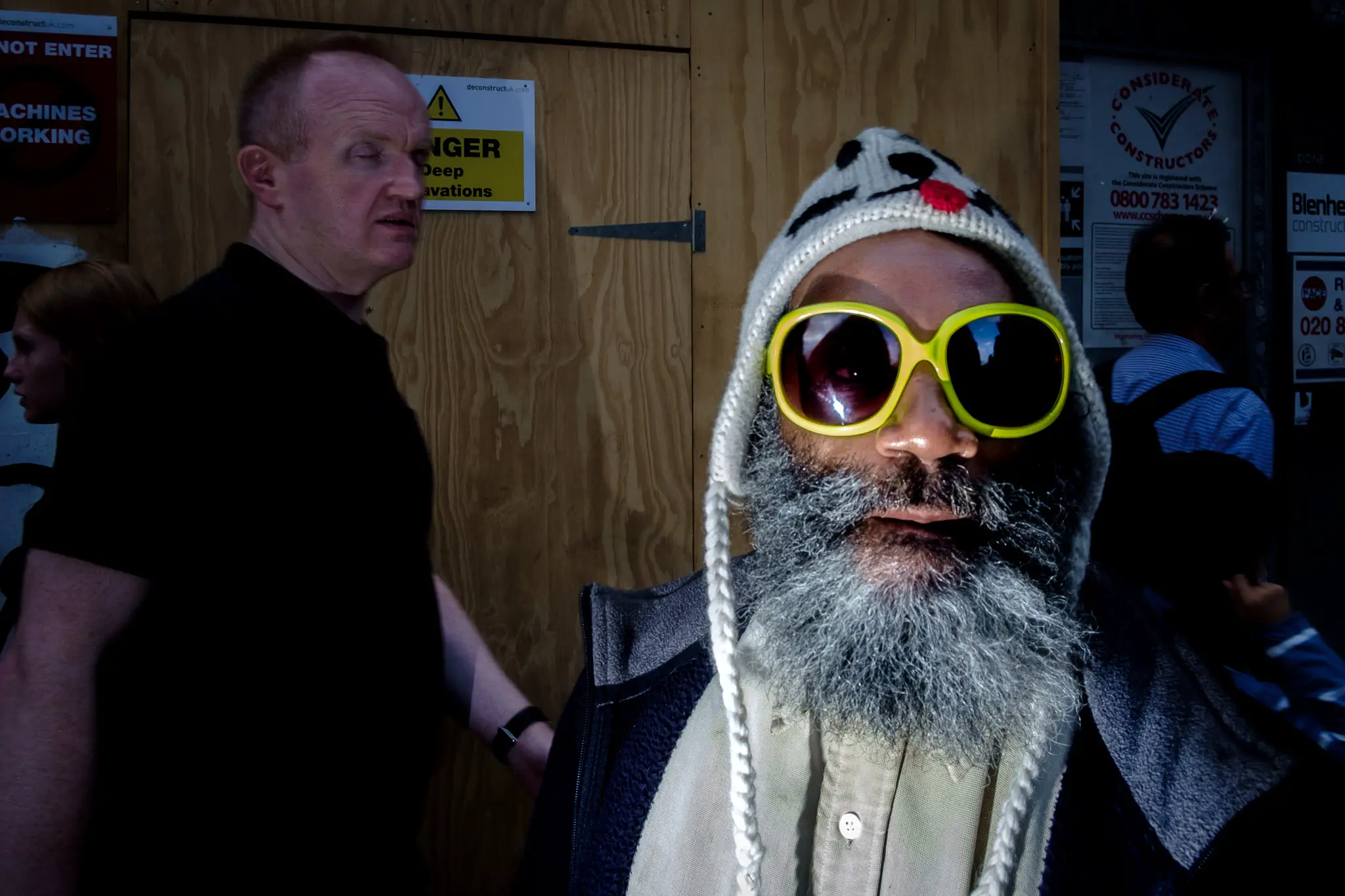
Camera Sensor
For digital shooting, ‘full frame’ (35mm) sensors are nice, but for my purposes not really necessary for street photography. Personally I favour modern APS-C sensors, especially as technology continues to improve and their high ISO performance gets better and better. A sensor that produces clean high ISO photos allows me to shoot street photos in poor light using a narrow aperture and broad depth of field using manual focus and the zone focusing technique.
Good dynamic range is also desirable as it offers you so much flexibility. It’s lovely to be able to capture shots with detailed shadows and that look like the scene as your eye saw it (especially useful for layered street photos). Likewise, when it comes to editing, decent dynamic range can often allow me to save shots that I’ve managed to overexpose or underexpose too. In terms of megapixels, I’m pretty confident that any modern sensor will be fine – we all know that megapixels aren’t the be all and end all and I try not to get in the habit of relying on cropping in post-processing and don’t feel the need to print out massive wall-sized prints so I’m not too concerned about megapixel count!
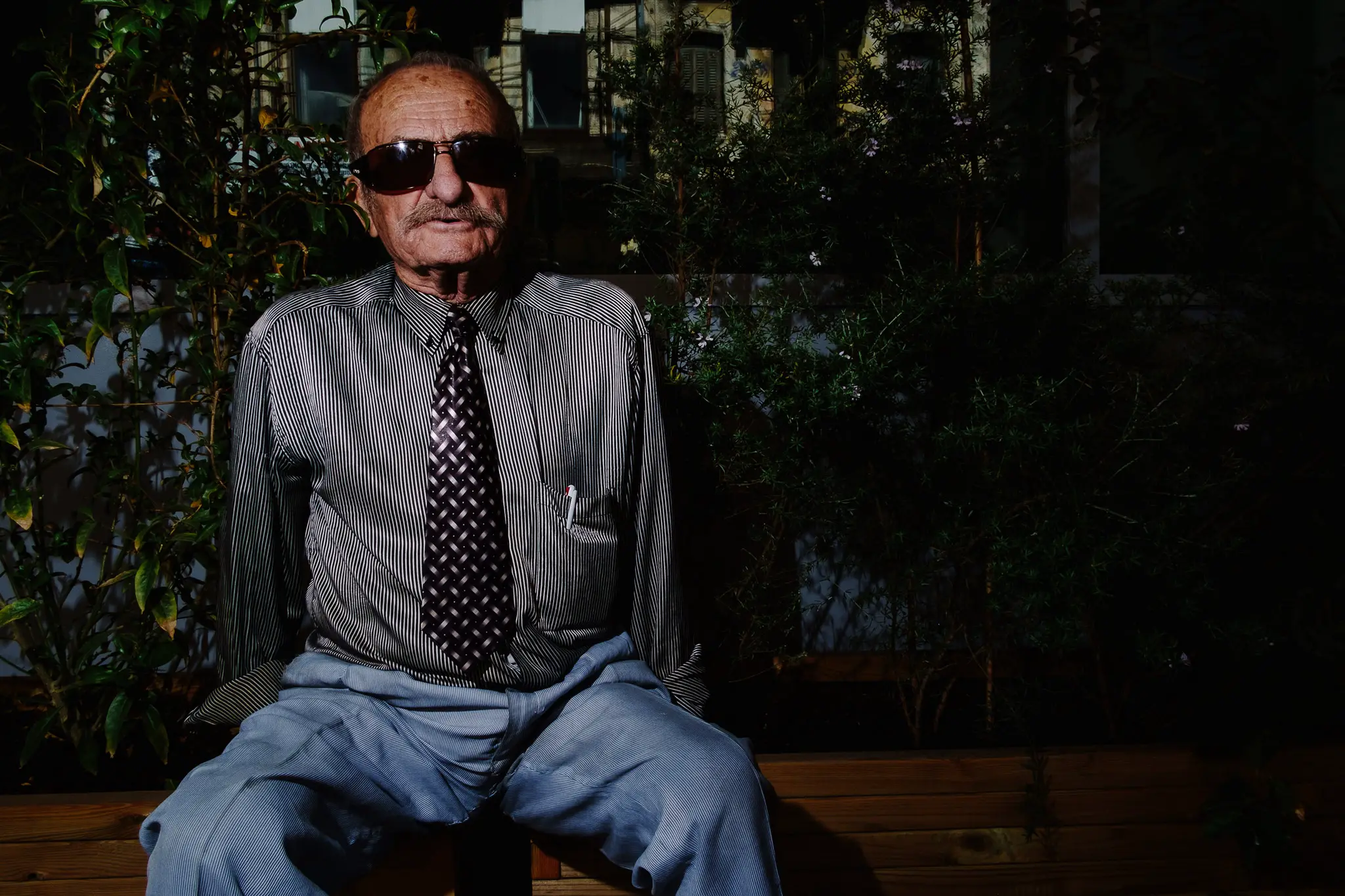
Camera Build
Build quality is important in a street photography camera. As you’re going to be carrying the camera around with you almost all the time it needs to be able to stand up to the rigors of life on the streets. In my opinion metal camera bodies feel nicer, and any wear and tear on them over time results in quite a nice effect too! Weather sealing (and in a perfect world waterproofing) for both camera and lens would be ideal – it would be brilliant to be able to keep shooting whatever the weather as it can be a little annoying at times having to shoot whilst holding an umbrella.
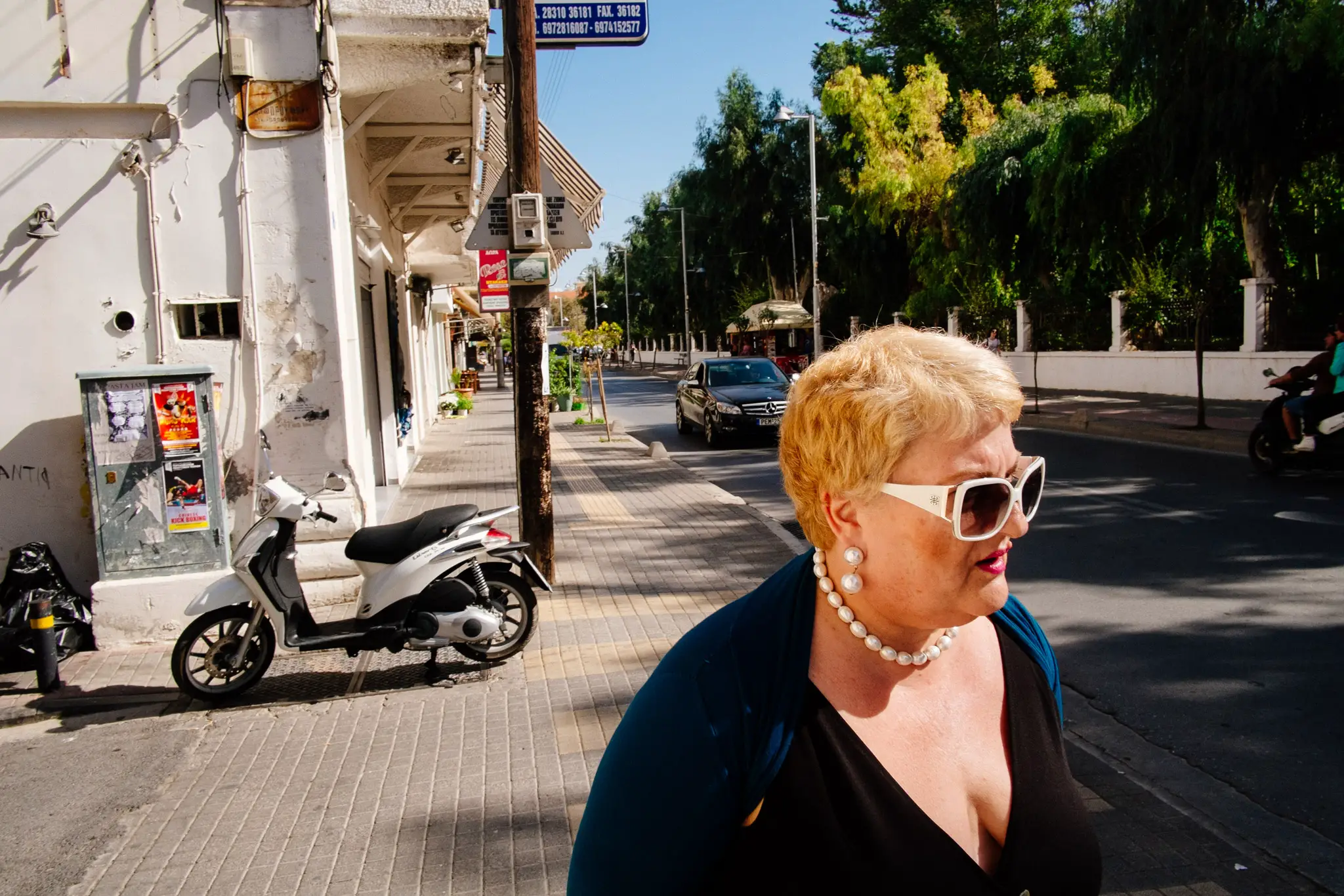
Camera Autofocus
While I personally prefer using the zone focusing and hyperfocal distance technique in street photography (because it’s super-fast), I’d also like to have a good autofocus system too. Your feelings may differ depending on your shooting style, but decent autofocus is very useful in a scene which may not suit zone focusing, and also essential in poor light or at night when it’s simply not possible for me to accurately zone focus with the shallow depth of field created when I open up the aperture in my lens. That said, if I’m in the mood I’m perfectly happy to go all manual with an older camera and lovely old manual lens – but just don’t take away my in-camera metering – I’m not quick enough to work without it!
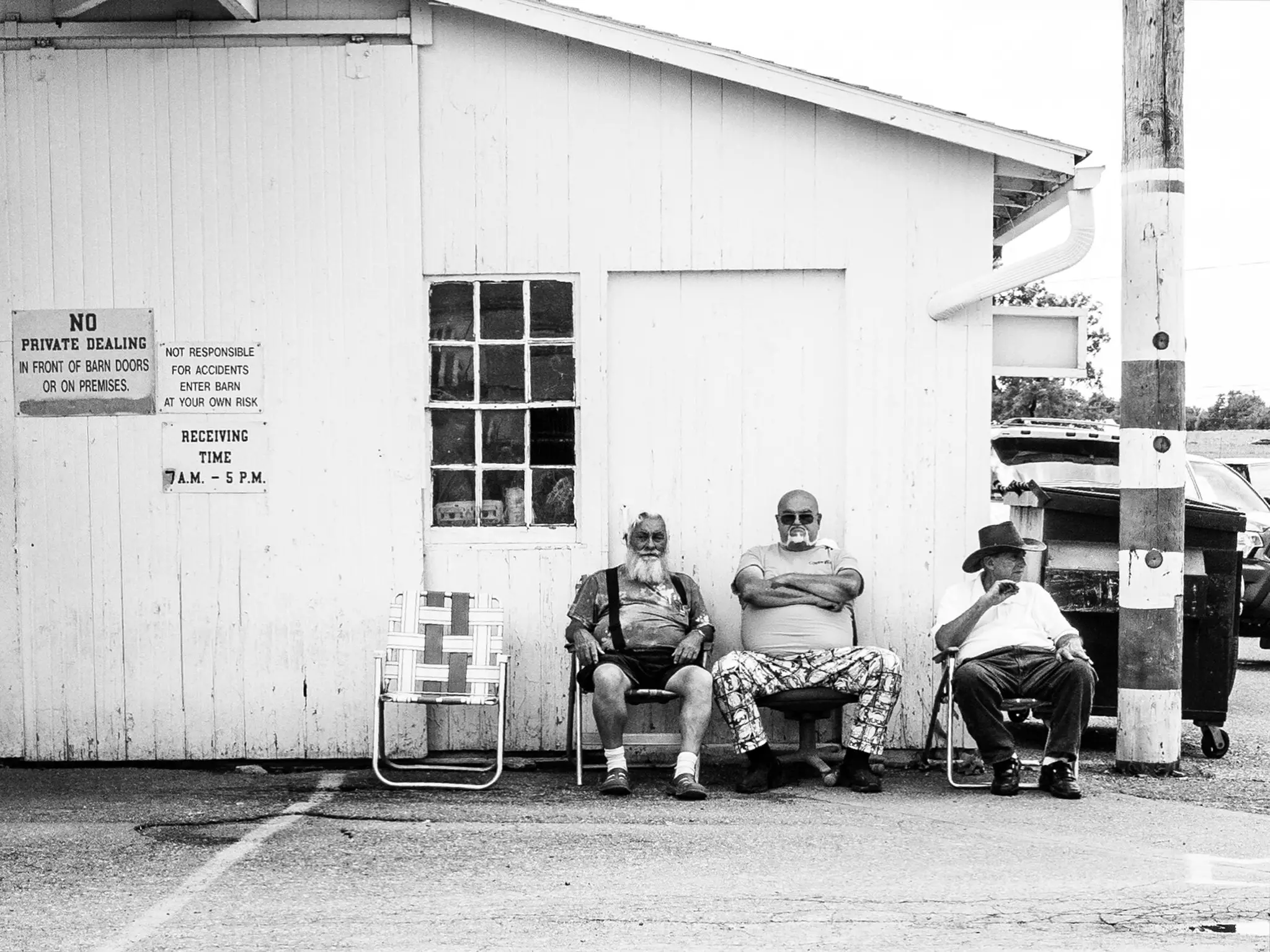
Camera Extras
There are a few little extras I like to look for in a perfect street photography camera too. A rear LCD screen that tilts is incredibly useful as it opens up a whole new world of creative opportunities for street photography – you can shoot from high or low viewpoints, and also ‘from the hip’ too which can be a useful technique if you want to be a bit more subtle about taking photos on a particular day! Of course if you’re after something a bit similar with film, you could always just bust out a Rolleiflex TLR or similar!
A quiet shutter is also good in a street photography camera, and having the option of a totally silent electronic shutter is nice too, although I personally don’t like to shoot with one exclusively. Depending on your style, flash syncing may be important in your street photography camera too. I sometimes like to practice flash and off-camera flash street photography, and so if a camera offers a fast sync speed it means I can be guaranteed to be able to entirely avoid any camera shake or motion blur if I’m shooting in daylight and can’t rely entirely on the power of my flash to freeze things.
WiFi is another nice feature to have on your street photography camera – not something to use all the time perhaps, but there are moments when you may want to download photos on the fly and edit them – one example might be if you’ve taken a posed street portrait of someone and want to send it to them straightaway. As with all digital cameras, decent battery life is important, though I’m not averse to carrying one or two spare batteries with me if I’m out for the day, and more often than not the batteries will outlast me if I’m walking a lot!
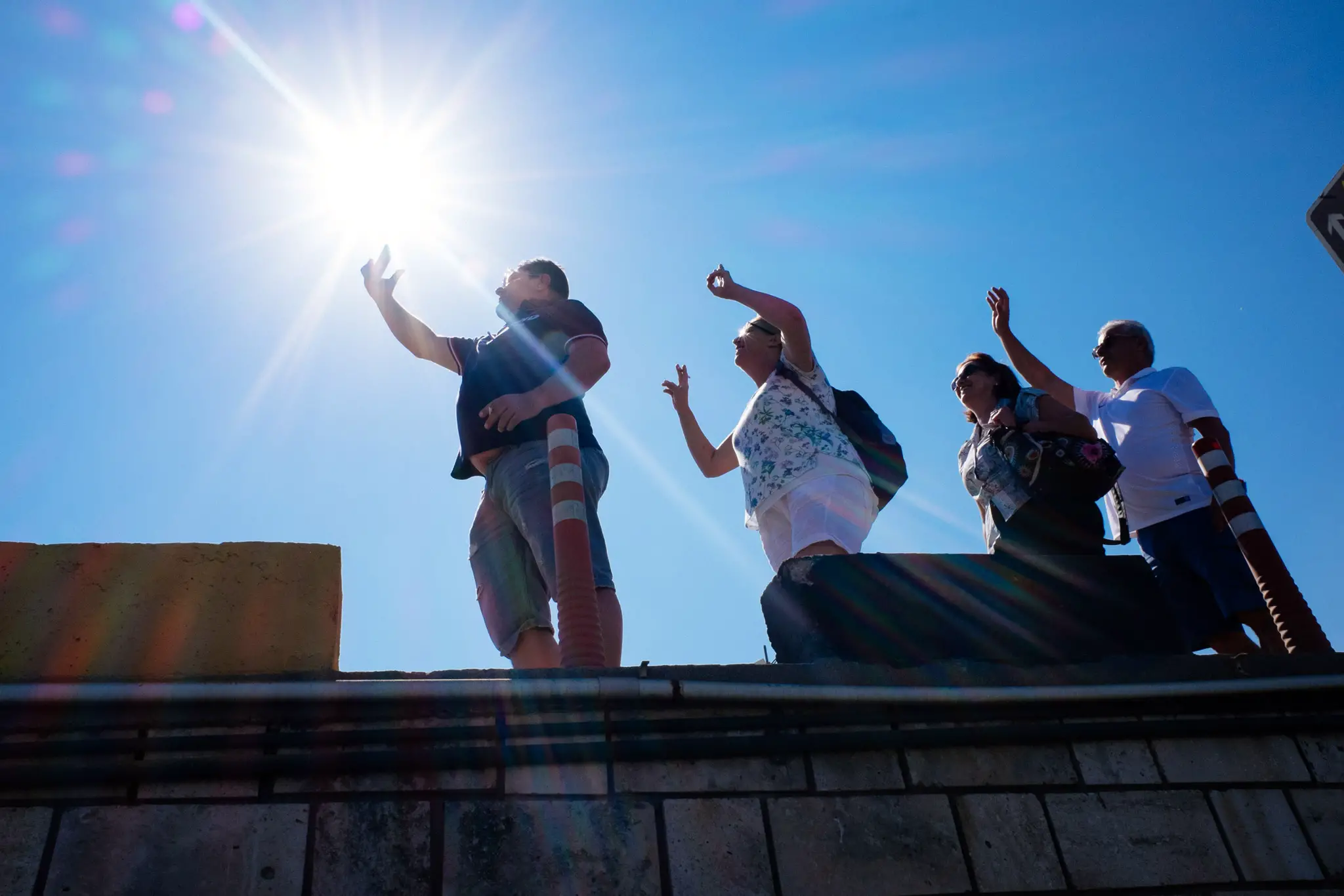
Your Best Street Photography Camera
I hope you’ve found my list of perfect street photography camera features interesting, but the most important thing to bear in mind when choosing a street photography camera is to select a camera which you feel comfortable with and which you enjoy using. You will be spending a lot of time with your camera and you want to be able to reach the stage where it feels like an extension of your eye. So be sure to accept that no one camera is absolutely perfect, select something that feels right for you, learn how to use it to its full potential, and practice, practice, practice and enjoy!
Share this post:
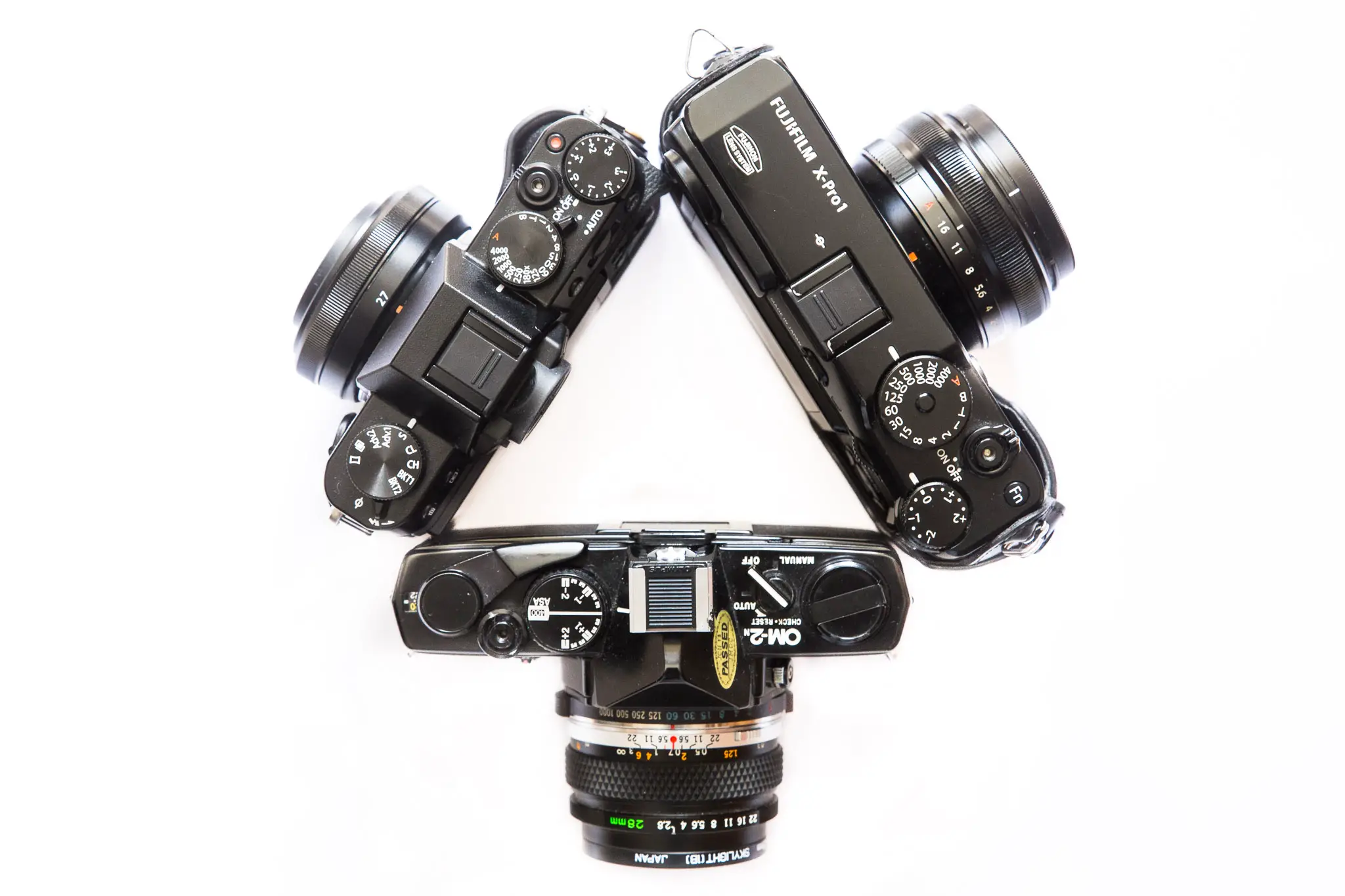








Comments
Stephane on How to Choose the Best Camera for Street Photography – Guest post by Digby Fullam of Streethunters.net
Comment posted: 01/05/2017
Blinx on How to Choose the Best Camera for Street Photography – Guest post by Digby Fullam of Streethunters.net
Comment posted: 01/05/2017
Spehmaster G. on How to Choose the Best Camera for Street Photography – Guest post by Digby Fullam of Streethunters.net
Comment posted: 01/05/2017
r_kt on How to Choose the Best Camera for Street Photography – Guest post by Digby Fullam of Streethunters.net
Comment posted: 01/05/2017
I will try flash on the street one day, something that I've avoided for too long.....
Piers on How to Choose the Best Camera for Street Photography – Guest post by Digby Fullam of Streethunters.net
Comment posted: 09/05/2017
George Appletree on How to Choose the Best Camera for Street Photography – Guest post by Digby Fullam of Streethunters.net
Comment posted: 10/05/2017
Aperture priority and a clear view. Just speed seen at the finder. But the lens needs to be easy going, ... not tiny things or zooms; fast handlind aperture dial and focusing ring.
Not compact: discretion it's just a fence.
Medium format is not advisable.